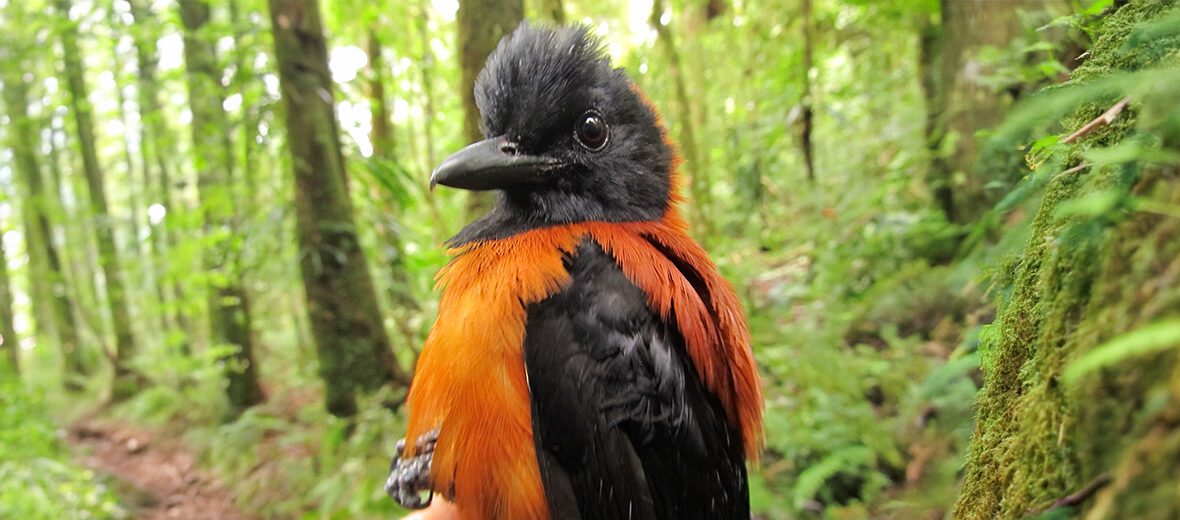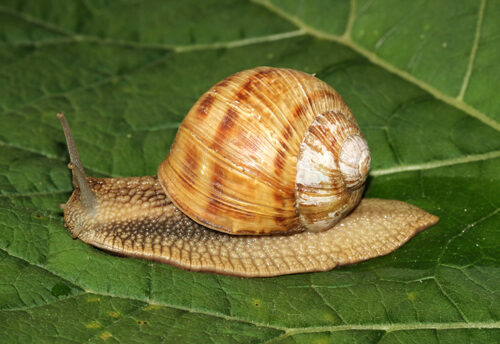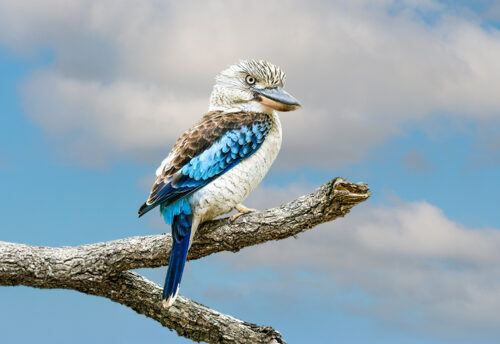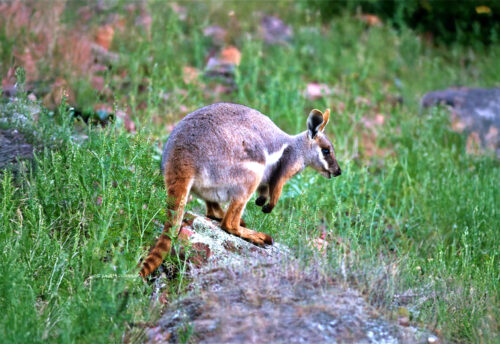
The hooded pitohui was thought at 1 time to be a whistler species, but is now known to be a member of the Old World oriole family. They are a medium-sized songbird and among the very few known poisonous birds. They are found on New Guinea. With a stable population trend and no substantial threats to their survival, sans possibly habitat loss and destruction at the hands of residential and commercial developments as well as deforestation, these birds are listed as Least Concern by the IUCN.
First the Stats…
Scientific name: Pitohui dichrous
Weight: Up to 2.7 ounces
Length: Up to 9.1 inches
Wingspan: Up to 10+ inches
Lifespan: Unknown
Now on to the Facts!
1.) These birds are among the few known poisonous birds possessing batrachotoxin compounds in their skin, feathers, and even their organs.
2.) Their toxins are believed to be derived from their diet, such as the case of poison dart frogs, and may serve both to deter predators and to protect these birds from parasites.
3.) Simply touching a hooded pitohui can cause a tingling, numbing, and a burning sensation on the skin, & even sneezing, accompanied by watering eyes. The birds’ feathers and skin won’t kill you, but it’s unpleasant to handle and can cause irritation.
4.) The close resemblance of hooded pitohuis to other unrelated birds also known as pitohuis, which are also poisonous, is an example of convergent evolution and Müllerian mimicry.
5.) Convergent evolution is the evolutionary process where distantly related organisms independently develop similar traits or features due to adapting to similar environments or ecological niches. Müllerian mimicry is a form of mimicry in which 2 or more noxious animals develop similar appearances as a shared protective device, the theory being that if a predator learns to avoid 1 of the noxious species, it will avoid the mimic species as well.
But wait, there’s more on the hooded pitohui!
6.) Their appearance is also mimicked by unrelated non-poisonous species of birds, a phenomenon known as Batesian mimicry. The toxic nature of this bird is well known to local hunters, who tend to avoid it. It is 1 of the most poisonous species of pitohui, but the toxicity of individual birds can vary by region.
7.) They prefer forested hills and mountains from sea level to 6,600 foot elevations.
Did you know…?
In higher doses, the poison from these birds can even cause paralysis or death! But this is not likely to happen in most cases.
8.) Fruits, seeds, and invertebrates (some of which are highly poisonous) make up their diet.
9.) They are a social bird, that dwells in family groups and frequently joins and even leads mixed-species foraging flocks.
10.) These birds were first described by the French ornithologist Charles Lucien Bonaparte in 1850.
But wait, there’s still more on the hooded pitohui!
11.) Pitohui, the common name for the group and its genus name, is a Papuan term for rubbish bird, which is in reference to its inedibility.
12.) Among the many calls made by these birds are a “tuk tuk w’oh tuw’uow” call, 2-whistled “woiy, woiy” notes, 2 down-slurred whistled “tiuw tow” notes, and a 3 whistled “hui-whui-whooee”, which tends to increase in volume.
Did you know…?
The batrachotoxin family of compounds are amongst the most toxic compounds by weight in nature, being 250x more toxic than strychnine (a pesticide).
13.) Their nest is a cup shape consisting of vine tendrils, lined with finer vines and suspended on slender branches.
14.) Females lay up to 2 eggs, but the hatching time is unknown, as little is known about the breeding and rearing behavior of these birds, due to the challenge of studying them in their natural environment.
15.) The discovery of toxicity in birds, brought about by this species, has raised interest in the subject and a re-examination of older accounts of unpalatability and toxicity in other birds, although this field is still quite understudied.
Now a Short Hooded Pitohui Video!
Be sure to share & comment below! Also, check out the Critter Science YouTube channel. Videos added regularly!
Want to suggest a critter for me to write about? Let me know here.
Some source material acquired from: Wikipedia & IUCN
Photo credit: Benjamin Freeman




